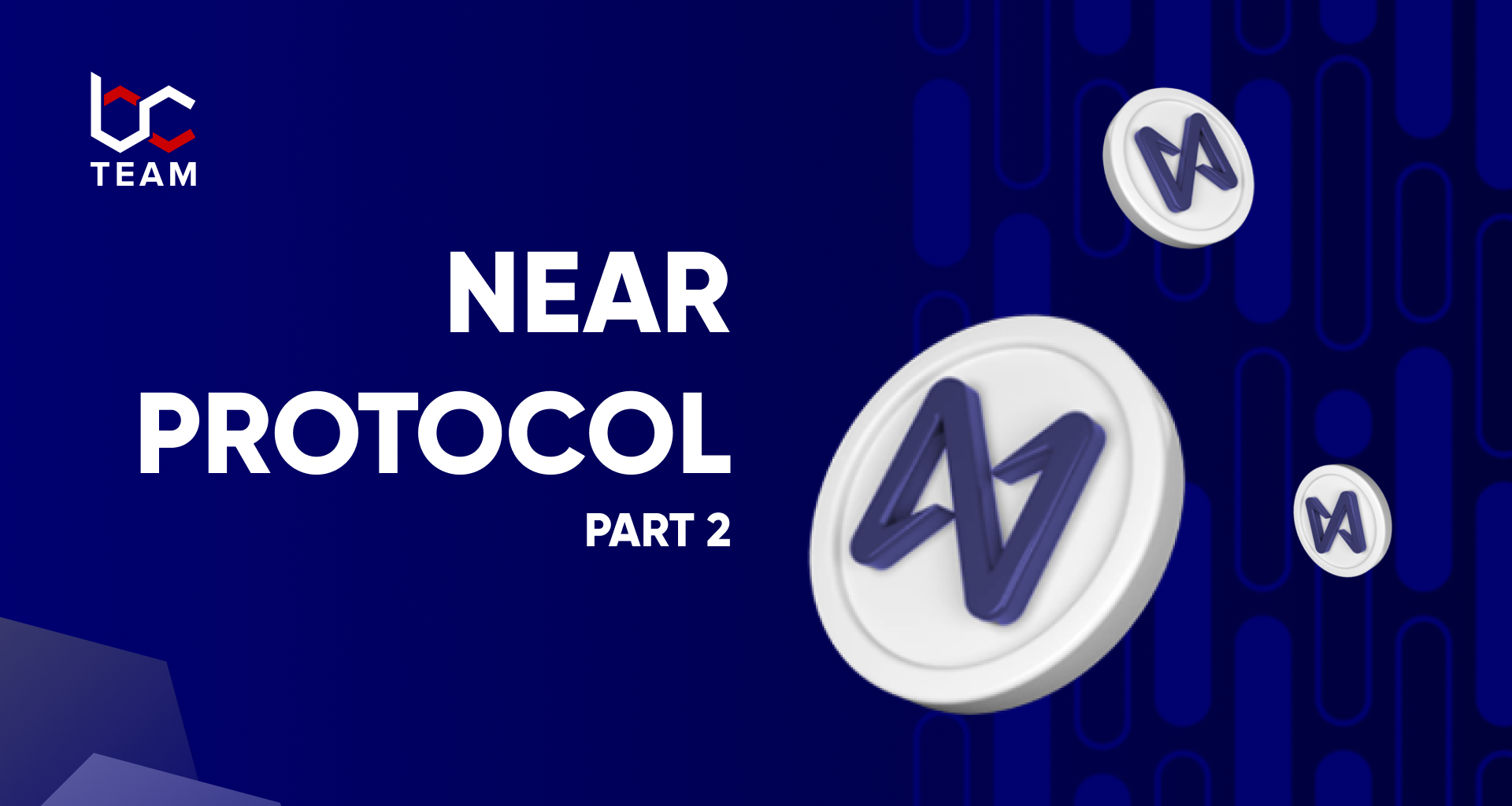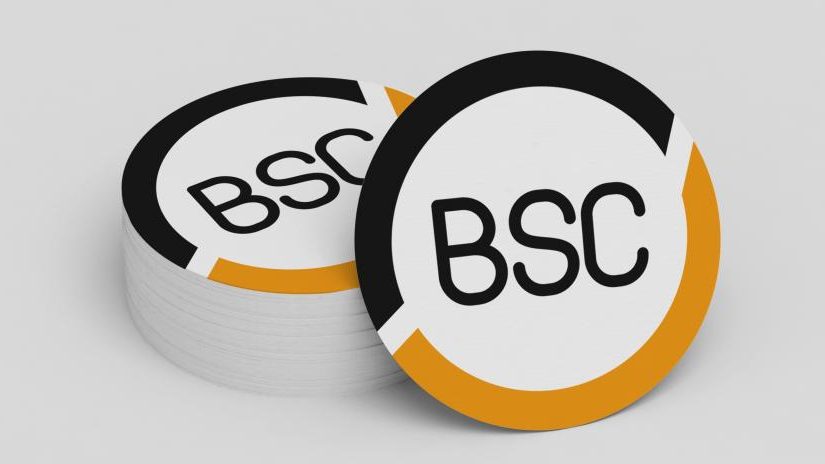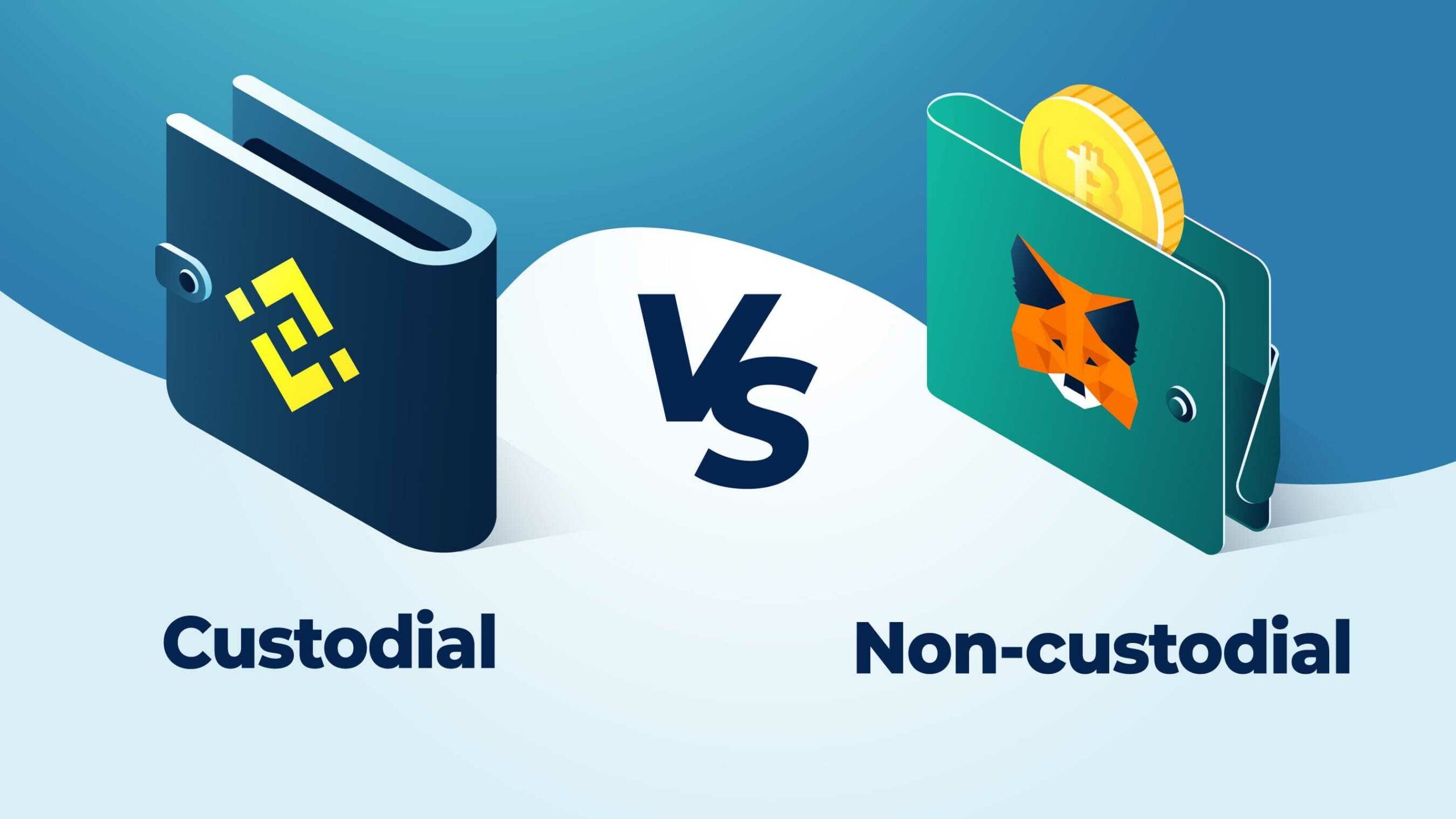How Near Protocol Works: Benefits It Offers Blockchain dApps Developers

For several years now, developers of decentralized apps have based their projects on the world-famous blockchain Ethereum. That day has passed, and as a worthier, a more promising alternative has come to the fore – NEAR Protocol. This platform has the potential to become all the rage among dApps developers, processing up to 100,000 transactions per second and operating at a speed that is 3,333 times greater than that of Ethereum and charging 10 times fewer commission fees.
The Story of NEAR Protocol’s Creation
Alexander Skidanov and Ilya Polosukhin designed NEAR Protocol as a blockchain that would allow for the creation of decentralized apps, remove restrictions on dApps’ developers, and maximize developer potential.
5 months after its launch in 2020, the entire community gained access to managing it.
The Basics: Developer Convenience
NEAR’s operations are designed first and foremost to benefit developers based on a delegated Proof-of-stake blockchain supported by smart contracts written in AssemblyScript and Rust. For greater efficiency, the project has implemented sharding within the bounds of the Nightshade mechanism. All protocol chains are modeled in the form of a unified blockchain. In other words, every block created in NEAR stores transaction records in all the chains. Based on the “Doomslug Finality” principle, all transactions are final upon their completion under the conditions that the blocks are functional and that only half of the members of the transaction are online.
Each existing segment is supported by its own network of validators. This feature ensures that all segments work in unison. That, in turn, has a direct impact on the transaction processing speed, raising the transaction throughput to up to 100,000 operations per second and allowing them to be instantly concluded due to the minuscule one-second time size required to create the block. Developers can also publish “lisks” designed to analyze zeroed-in segments of the primary chain. In addition, developers can acquire built-in chains for applications along with all the necessary functions, freeing up users’ time and energy exclusively for app development on the front end. NEAR accomplishes this at a fraction of the cost of its competitors.
Efficiency, Low-Cost, and Portability
NEAR supports all WebAssembly languages, which eliminates the need to have to learn a potentially new coding language that they might not know. Legacy apps are easy to port as well. Its own Aurora operates smart contracts within its own network, avoiding the need for a new separate blockchain. Thus, with every passing day, ever more developers are finding out about NEAR and considering making the transition to the blockchain platform. An example of a company that has abandoned Ethereum in favor of NEAR is Mintbase. Mintbase is a marketplace which organizes the sale of non-interchangeable tokens. Originally created on Ethereum, the game project Hash Rush has followed suit. An increase in the quantity of transactions within the bounds of the game and high commissions of the network have served as the main reasons motivating their transition from one platform to another that are cheaper and faster.
Some of the NEAR blockchain’s main qualities include:
✓ 100,000 transactions per second (thousand times more efficient than other networks);
✓ rock-bottom commissions (10,000 times less than that of Ethereum);
✓ no rigid restrictions for dApps developers;
✓ the ability to designate accounts using more user-friendly addresses;
✓ having its own NEAR token and wallet “Near Wallet”;
✓ a Rainbow Bridge for converting ERC-20 tokens to $NEAR tokens.
In the near future, developers of decentralized apps will be able to duplicate their products currently on Ethereum on NEAR without any major changes required for them. That will be possible after the moment that the EVM software stack is integrated into the project for launching dApps.
Such a clever system also comes with its drawbacks. For instance, this system renders communication more challenging as well as rendering the system secure since it effectively amounts to what is a sub-blockchain system. Individual shards do not have the number of validators that the main chain has, which entails a weakness for maleficent persons to exploit. NEAR has addressed this with creative randomness methods, however, by undermining most such attempts. NEAR plans to lower the requirements for validators to help address this as well.
Despite that the EVM compatibility feature has proven highly effective in attracting developers initially, the number of developers on multiple chains doubles the number of native developers. In addition, some of NEAR’s efficiency rates in practice have not been proven to necessarily reach their claimed lightning-fast efficiency.
A couple of NEAR’s main disadvantages are a large number of potent competitors to NEAR, which are better marketed. On top of that, there is a relatively limited quantity of exchangesNEAR listed, none of them in the United States.
Wallet Versatility
Whereas the wallet addresses of competitors such as Ethereum and Bitcoin are represented in the form of a scrambled collection of symbols, in NEAR’s case, it’s an identifier that is easy for ordinary people to understand.
Examples: coolblocl.near, alex89.near.
You have to admit that remembering an address like this will be particularly effortless, unlike memorizing other blockchain platforms’ addresses consisting of all kinds of symbols that people don’t necessarily use much in their daily lives. Nevertheless, if one prefers to stick to the old complex gibberish, he or she can still name accounts in the NEAR project with the same breadth of symbols. App developers have their own accounts set up for them providing them with the ability to configure and test smart contracts. The wallets function within the browser instead of via an extension. These wallets, in turn, allow developers to produce their own tokens through the browser wallet in addition to single-use private keys and receive startup tokens. These tokens are easily transferable to users in other systems. NFT builders can even sell their accounts, thus providing the opportunity for continuous revenue generation.
Serious Developer Incentives
NEAR has put a particularly generous incentives system in place for its developers that renders it hard to resist. NEAR has 800 million dollars in grants to use, the largest public chain grant ever amassed, which allows it to share 30% of its fee revenue from contracts with developers. Existing developers are consequently receiving 250 million dollars. It further rewards users for keeping tokens inside the NEAR system by increasing their revenue the larger the network becomes. It has implemented a 10% transaction fee to further help finance the system, which, in turn, helps minimize the rate of inflation.
NEAR is among the fastest-growing options for developers, with a whopping 291% growth in full-time developers in 2021. Its full-time developers have topped 100. The gas costs and commissions are planned to grow as the platform becomes more popular. NEAR has also implemented many small competitions both for small developers and even college students, which it will be able to use to increase its pool of developers.
User Commissions
There are 2 different types of commission fees that dApps developers pay who have their apps based on the NEAR platform along with the users’ accounts:
1. Information storage fees: there has to be a certain number of tokens on the holder’s account, which correspond to the quantity of kilobytes of data used.
2. Transactions fees: the size of the commission depends on the complexity of the operation and is priced using the variable gas unit. The same system of calculations is implemented in other networks as well, but on NEAR, the commission fees are dramatically lower (by ~ 10,000 times).
If the blocks are reloaded in light of heightened demand, so too will the commission rise. But that won’t for long since the transaction throughput of the network is growing dynamically, increasing the quantity of shard transactions required for cost stability.
Conclusion
As you can see, NEAR Protocol is much more than just another flash-in-the-pan development; but is quite a promising blockchain project with advantageous conditions and an advanced range of functions that will provide a significant boost for convenience, innovation, and favorable investment conditions.



